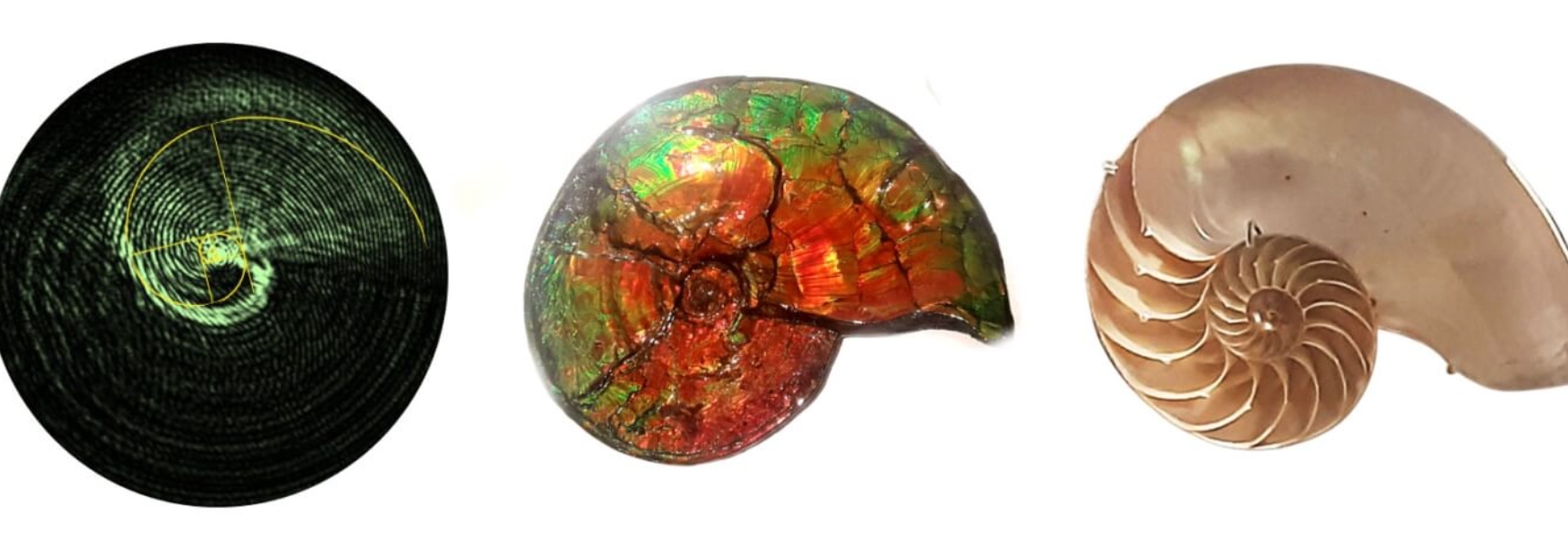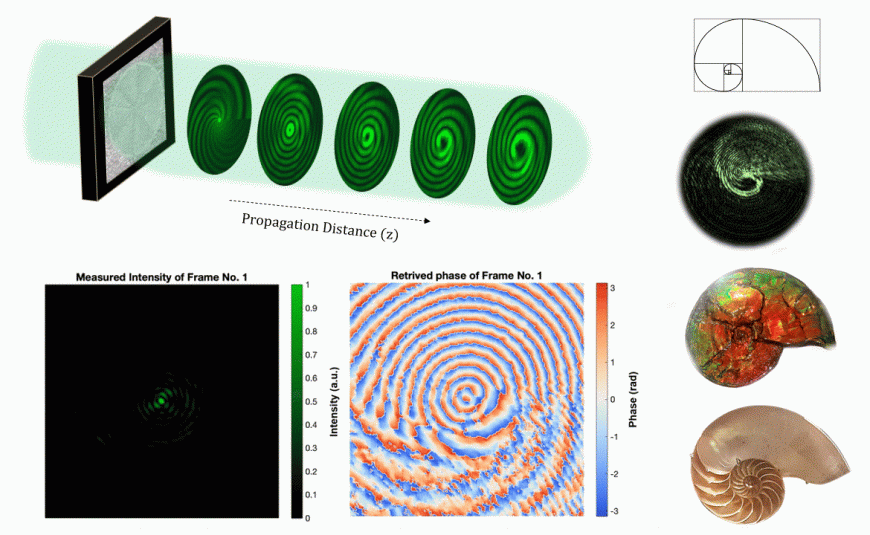We reach more than 65,000 registered users in Dec!! Register Now

Light that spirals like a nautilus shell
- May 05, 2025
- 1 Views
- 0 Likes
- 0 Comment
Beams of light that can be guided into corkscrew-like shapes called optical vortices are used today in a range of applications. Pushing the limits of structured light, Harvard applied physicists in the John A. Paulson School of Engineering and Applied Sciences (SEAS) report a new type of optical vortex beam that not only twists as it travels but also changes in different parts at different rates to create unique patterns. The way the light behaves resembles spiral shapes common in nature.
The researchers borrowed from classical mechanics to nickname their never-before-demonstrated light vortex an “optical rotatum,” to describe how the torque on the light’s corkscrew shape gradually changes. In Newtonian physics, “rotatum” is the rate of change in torque on an object over time.
The optical rotatum was created in the lab of Federico Capasso, the Robert L. Wallace Professor of Applied Physics and the Vinton Hayes Senior Research Fellow in Electrical Engineering at SEAS. “This is a new behavior of light consisting of an optical vortex that propagates through space and changes in unusual ways,” Capasso said. “It is potentially useful for manipulating small matter.” The research is published in Science Advances.
In a peculiar twist, the researchers found that their orbital angular momentum-carrying beam of light grows in a mathematically recognizable pattern found all over the natural world. Mirroring the Fibonacci number sequence (made famous in The Da Vinci Code), their optical rotatum propagates in a logarithmic spiral that is seen in the shell of a nautilus, the seeds of a sunflower, and the branches of trees.
“That was one of the unexpected highlights of this research,” said first author Ahmed Dorrah, a former research associate in Capasso’s lab, now an assistant professor at Eindhoven University of Technology. “Hopefully we can inspire others who are specialists in applied mathematics to further study these light patterns and gain unique insights into their universal signature.”
“We show even more versatility of control, and we can do it continuously,” said Alfonso Palmieri, a graduate student in Capasso’s lab and co-author of this research.
Potential use cases for such an exotic beam of light include the control of very small particles, such as colloids in suspension, by introducing a new type of force in accordance with the light’s unusual torque. It could also enable a precise optical tweezer for micro-manipulation of small things.
While others have demonstrated torque-changing light using high-intensity lasers and bulky setups, the Harvard team made theirs with a single liquid crystal display and a low-intensity beam. By showing they can create a rotatum in an industry-compatible, integrated device, the barrier to entry for their technology to become reality is much lower than previous demonstrations.
The paper was co-authored by Lisa Li in the Capasso Group. Federal funding for this research came from the Office of Naval Research MURI program under grant No. N00014-20-1-2450 and the Air Force Office of Scientific Research under grant No. FA9550-22-1-0243.
List of Referenes
- Ahmed H. Dorrah, Alfonso Palmieri, Lisa Li, Federico Capasso. Rotatum of light. Science Advances, 2025; 11 (15) DOI: 10.1126/sciadv.adr9092
Cite This Article as
No tags found for this post









